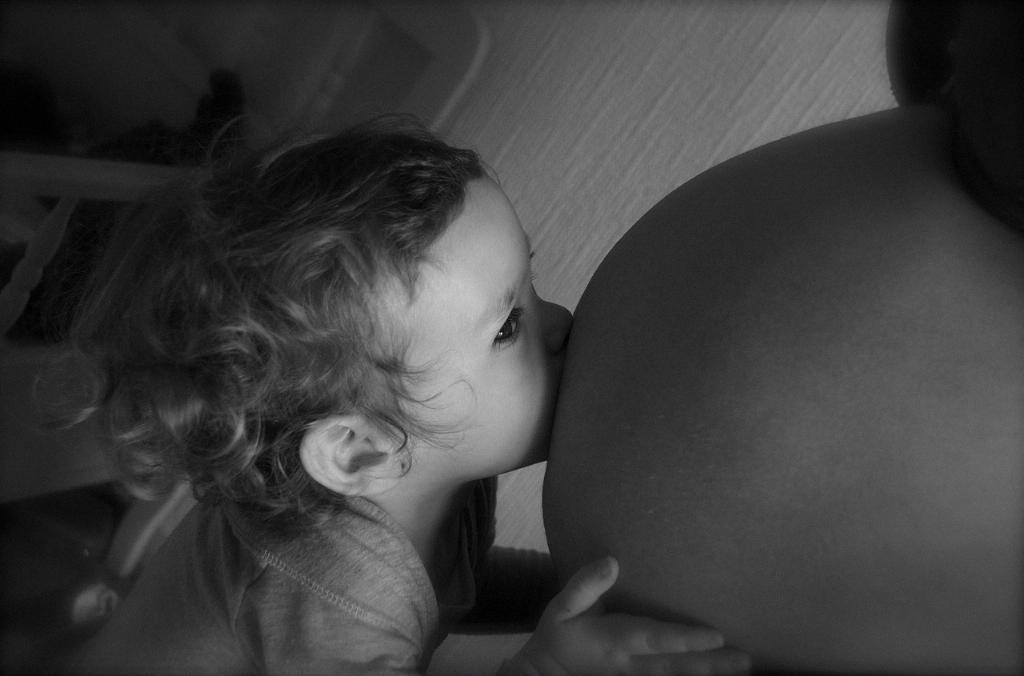When it comes to determining your pregnancy due date, there are several methods that healthcare providers use to estimate when your baby is expected to arrive. One common approach is to count 40 weeks from the first day of your last menstrual period (LMP).
For women with regular menstrual cycles, this method can be especially accurate. If you have a consistent 28-day cycle, you can simply add 7 days to the date of your LMP and then add 9 months to arrive at an estimate of your due date.
However, it’s important to remember that this calculation is based on the assumption of a 28-day cycle and may not be as precise for women with irregular periods. In such cases, additional methods may be used to determine the due date.
Another method commonly used to measure pregnancy due date is ultrasound dating. An ultrasound scan can provide more accurate information about the age and size of the fetus, allowing healthcare providers to estimate the due date more precisely.
Ultrasound dating is particularly useful in cases where there is uncertainty about the date of the last menstrual period or if the menstrual cycle is irregular. By measuring the baby’s size and development, healthcare providers can adjust the estimated due date accordingly.
In some cases, healthcare providers may also use a combination of the first day of the LMP and ultrasound dating to determine the due date. This approach can help provide a more comprehensive and accurate estimation of when your baby is expected to be born.
It’s important to keep in mind that the due date is an estimation and not an exact science. While most babies are born around their due date, there is a margin of error in these calculations, and it’s not uncommon for babies to arrive a few days before or after the estimated due date.
Factors such as the length of the menstrual cycle, ovulation timing, and the baby’s growth rate can all affect the accuracy of the due date calculation. Therefore, it’s essential to work closely with your healthcare provider to monitor your pregnancy progress and make any necessary adjustments to the due date estimate.
Overall, measuring the pregnancy due date involves a combination of methods, including the first day of the LMP, ultrasound dating, and adjustments based on individual factors. By working with your healthcare provider and staying informed about the various methods used, you can better prepare for the arrival of your little one.

